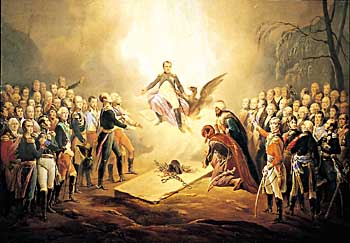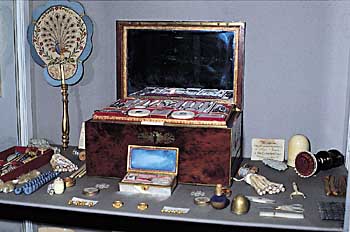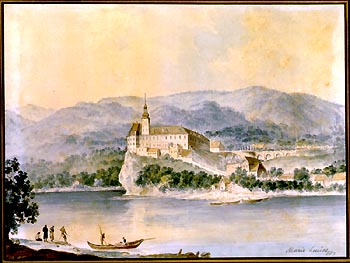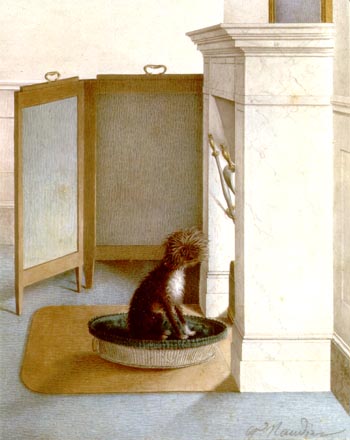The Maria Luigia Room
This last room displays a variety of memories of the great historical events which occurred during the life of Maria Luigia, as well as objects revealing her personal taste.
The engravings on the walls illustrate some crucial moments of Napoleon’s rise and fall: the crossing of the Alps (1800), the battle of Jena (1806), Aspern (1809) and Wagram (1809), the watercolour portraits of French generals by Vernet, the defeat at Waterloo in 1815 and the curious cult of personality that developed around Bonaparte even after his death.
The showcases outline the countless pastimes of Marie Louise, who encouraged and practised that “taste for occupation” she thought essential especially for women. Along with painting, writing, playing music, making and arranging flowers of fabric or paper, she was particularly fond of embroidery, needlework, crochet and tapestry, so much so that she left most of her precious nécessaires and tools to the local female school; when the institute was closed in 1860, her daughter Albertina bought them back as a family heirloom.
Watercolour landscapes painted by Maria Luigia herself and portraits of her lapdogs give shape to the many references to places and pets she often quoted in her correspondence, evidence of her deep bond with nature; she also had painting and fishing cases, here displayed, proving her love for open-air activities.
The weapons and military decorations kept in one of the wall cases refer to the reign of both Maria Luigia and the Bourbon family. They include the typical honours of the Duchy of Parma: the Sacred Military Constantinian Order of Saint George (founded in 1545) and the Order of Saint Louis (1836).

